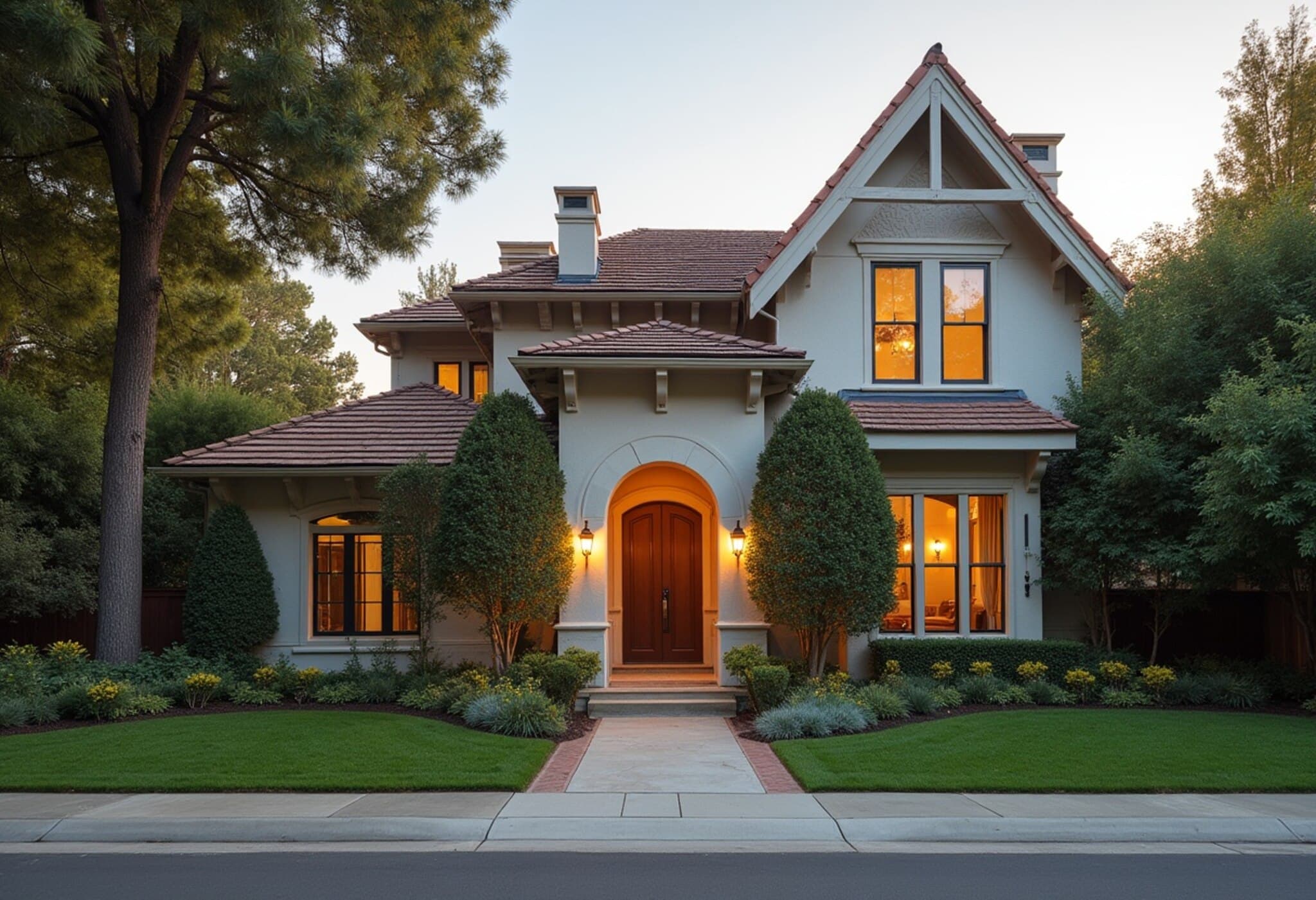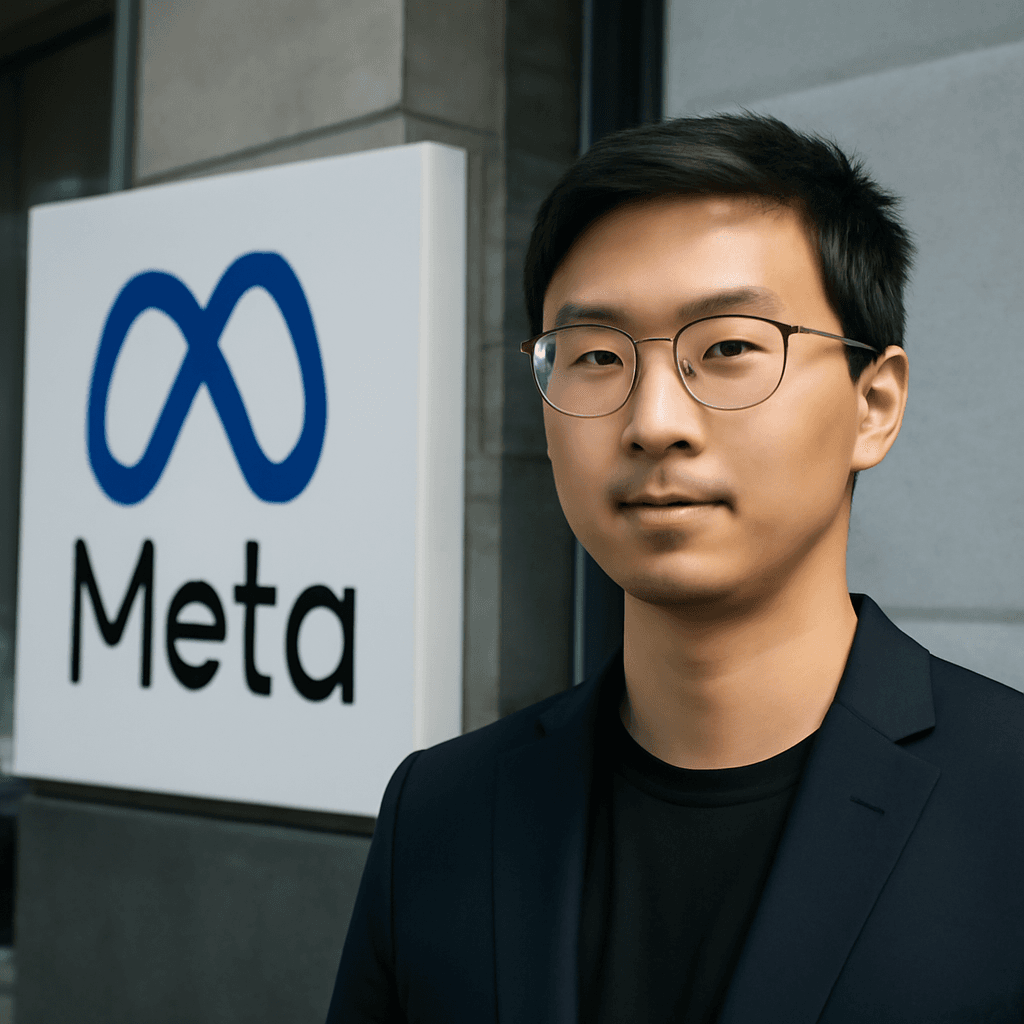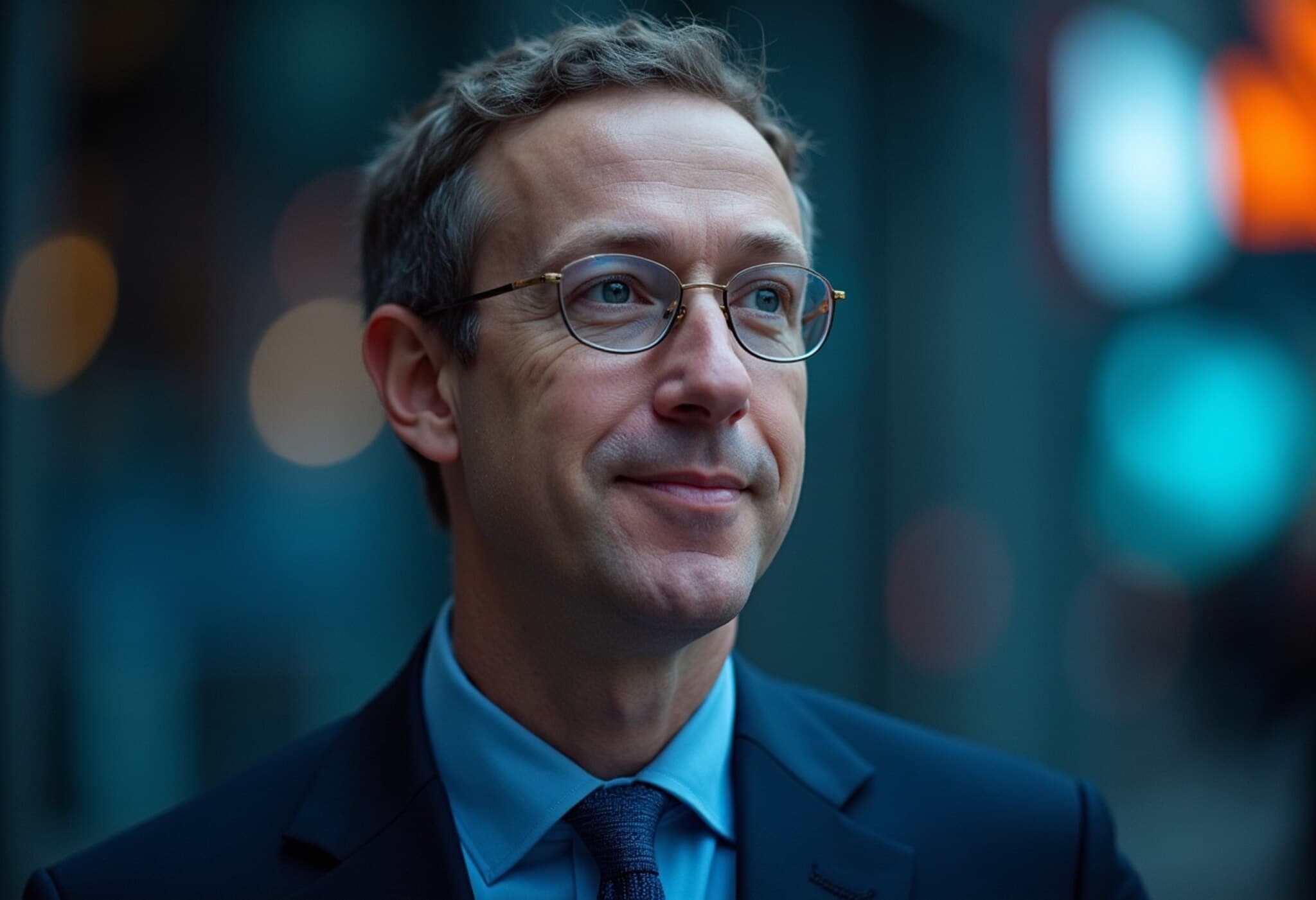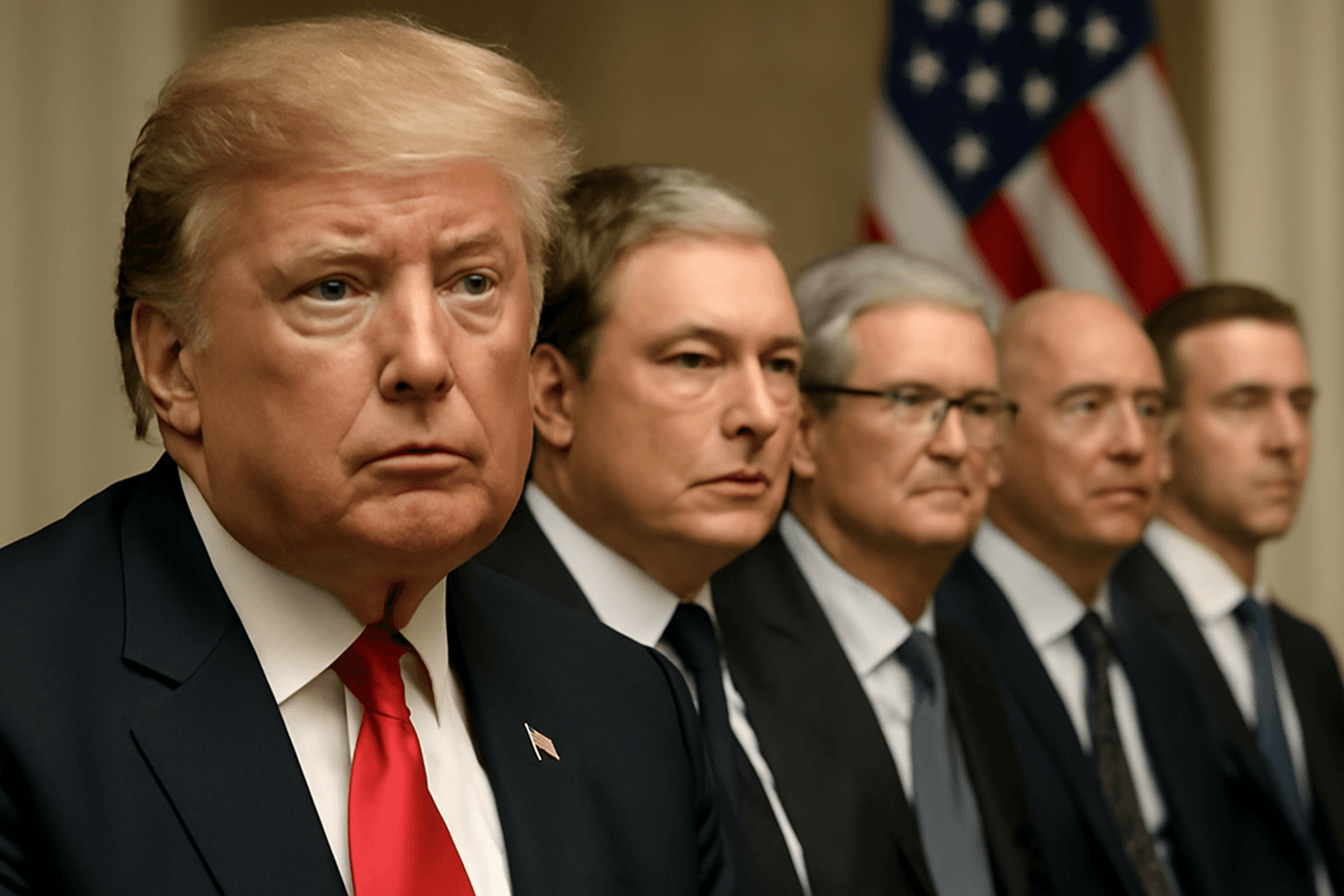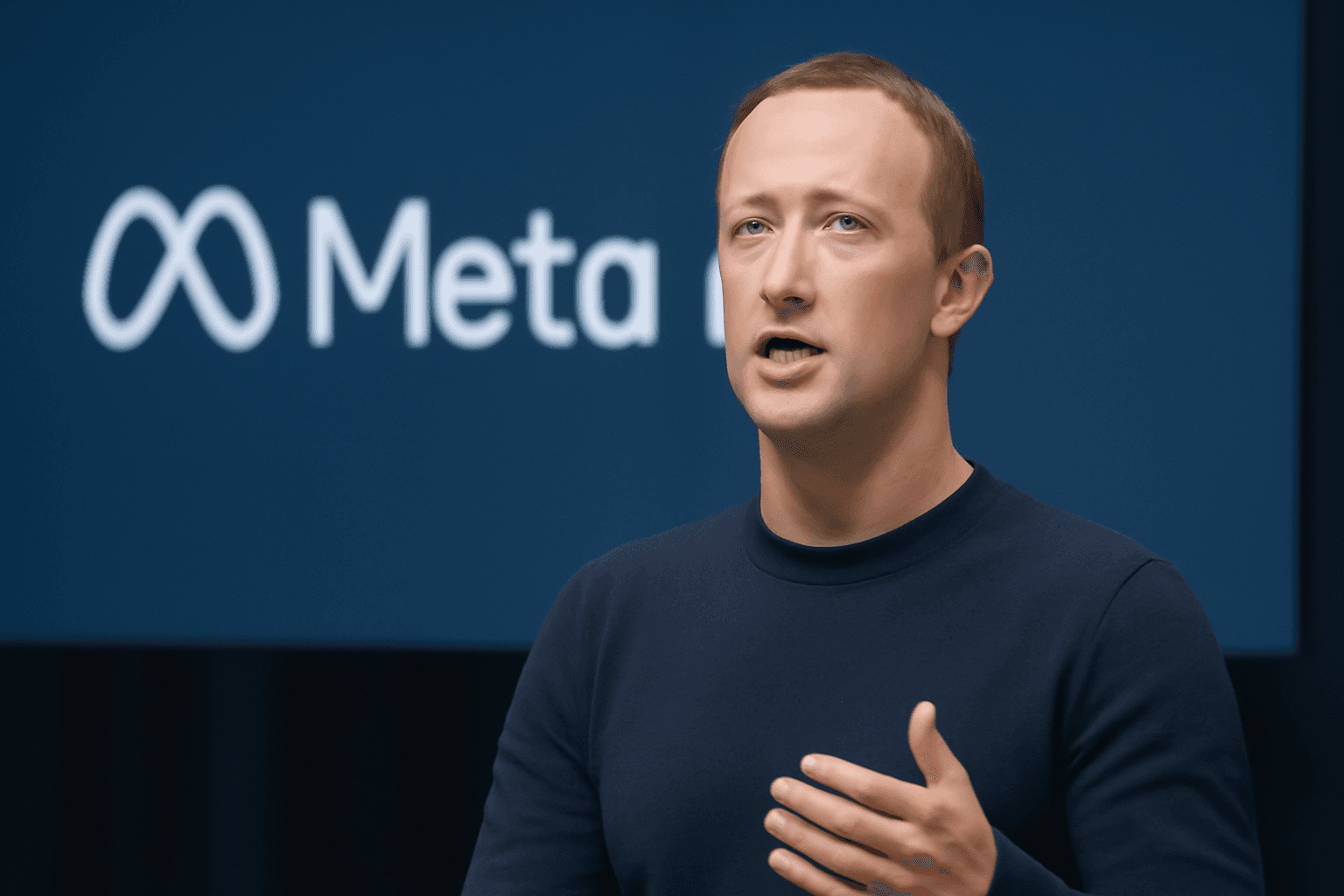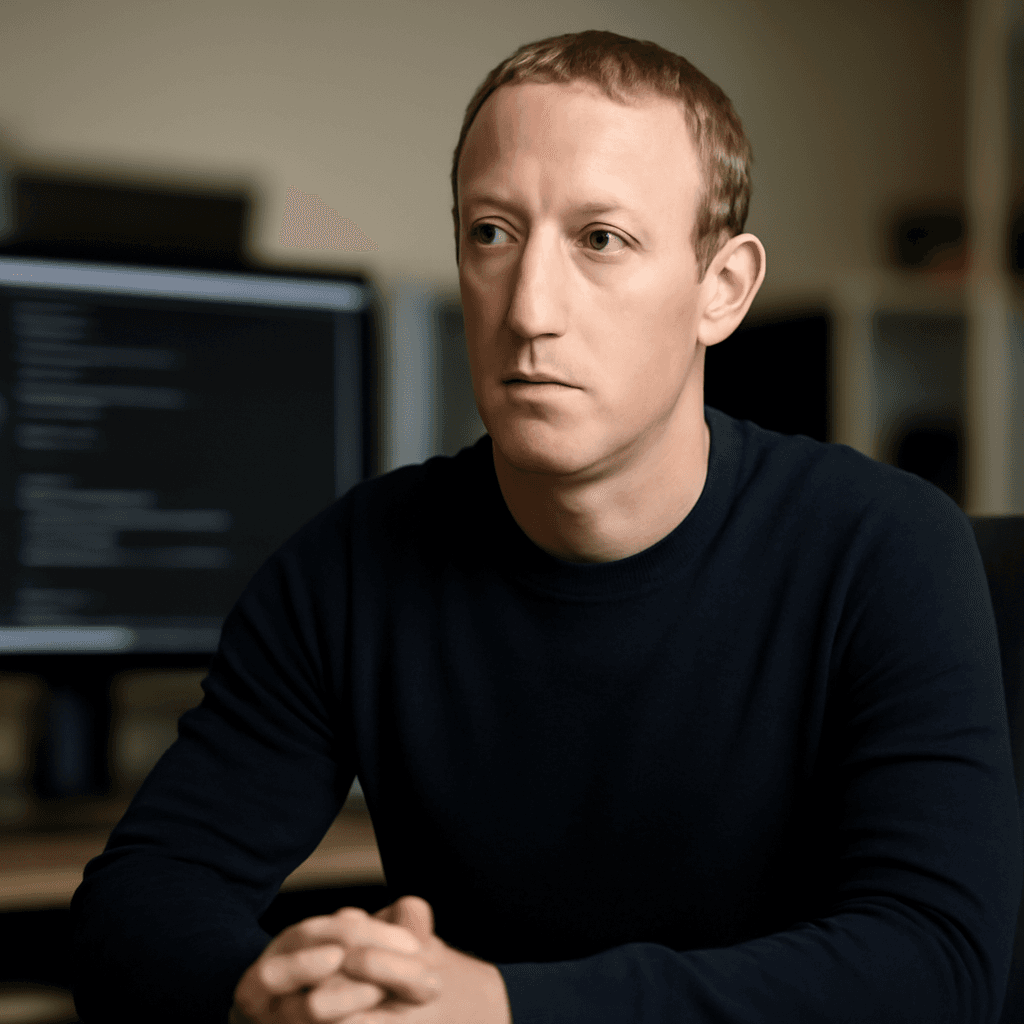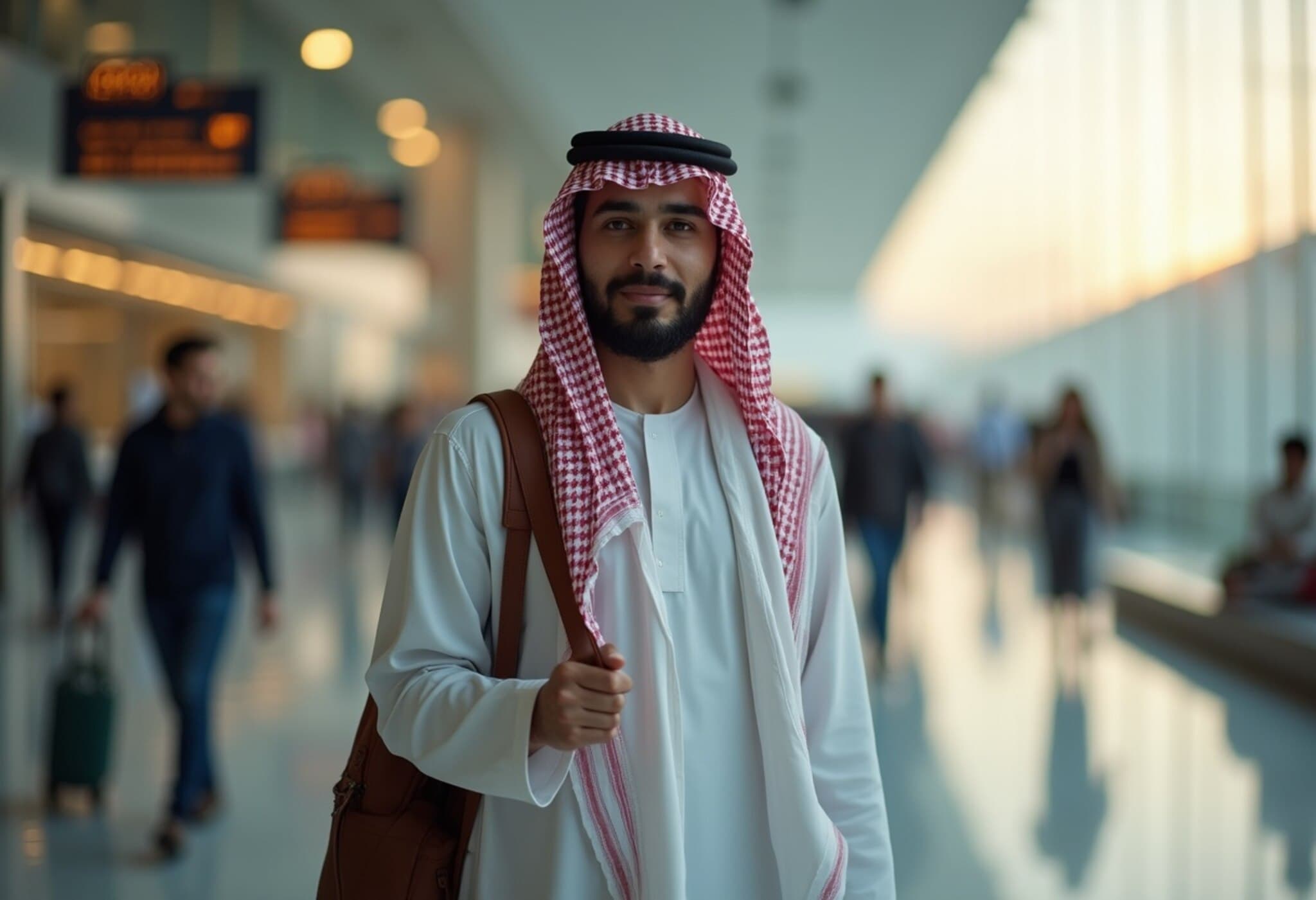How Mark Zuckerberg’s Arrival Transformed a Quiet Palo Alto Neighborhood
For decades, Crescent Park in Palo Alto, California, epitomized the idyllic California neighborhood. Tree-lined streets shaded by towering oaks, redwoods, and magnolias hosted families—doctors, professors, and business executives—who knew each other well, sharing block parties and the laughter of children playing outside. Then, Mark Zuckerberg, Meta’s CEO and one of the richest individuals on the planet, moved in, dramatically reshaping the community’s fabric.
The Billionaire’s Real Estate Takeover
Over the last fourteen years, Zuckerberg has quietly acquired at least 11 homes in Crescent Park, spending over $110 million to assemble a sprawling compound spanning multiple properties on Edgewood Drive and Hamilton Avenue. He reportedly offered neighbors up to double or triple market value—reaching $14.5 million in some cases—to secure these residences. The acquisition spree has led to numerous longtime neighbors selling and leaving the area.
What was once a neighborhood of closely-knit families now includes vacant houses, some repurposed as guest homes, lush gardens, private courts, and a hydro-floor pool. One striking feature is a seven-foot statue of Zuckerberg’s wife, Priscilla Chan, commissioned and installed on the property.
A Compound of Luxury and Secrecy
The compound is surrounded by tall hedges providing near-complete privacy. Unlike typical suburban neighborhoods where waving neighbors is common, there’s no knocking on doors here. Parts of the compound are used for hosting large parties, with one building doubling as an entertainment venue, while another has functioned as a private school for children—though this use is not sanctioned under local zoning laws.
Adding to the intrigue, beneath the surface lie over 650 square meters of underground space, described in permits as basements but colloquially referred to by neighbors as "bunkers" or a "billionaire's bat cave." Construction on the compound spanned eight years, involving heavy machinery that filled the streets with noise and disruption.
Heightened Security and Surveillance Concerns
Zuckerberg’s presence brought intense security to Crescent Park. Surveillance cameras monitor not only his properties but overlook neighbors’ yards, raising privacy concerns. Private security teams patrol the streets, filming visitors and questioning those walking on public sidewalks. This constant observation has been a source of tension within the community.
A spokesperson for Zuckerberg and Chan clarified that security measures were necessary due to credible threats faced by the family and that camera placements were adjusted when neighbors expressed concerns. They also emphasized efforts made to minimize neighborhood disruptions, including providing contact details for reporting issues and discouraging staff from parking in the area.
Neighbors Speak Out: Tensions and Frustrations
Despite the immense wealth and influence behind Zuckerberg’s compound, local residents describe feeling marginalized. Many refused to speak publicly due to fear of retribution, revealing a palpable unease about challenging such a powerful figure. Michael Kieschnick, whose home is surrounded on three sides by Zuckerberg’s properties, laments the occupation and profound shift in neighborhood dynamics.
“No neighborhood wants to be occupied, but that’s exactly what’s happened here,” Kieschnick said. Neighbors criticize Zuckerberg for choosing Crescent Park instead of a less densely populated, more gated luxury area like Atherton or Los Altos Hills, typical enclaves for tech billionaires seeking space and privacy.
Moreover, frustration extends to Palo Alto city officials, whom neighbors accuse of being overly deferential, allowing zoning loopholes and inadequate enforcement—such as overlooking a private school operating out of a residential property.
The City’s Role and Regulatory Challenges
In 2016, Zuckerberg’s initial attempt to build a large compound was rejected by the Palo Alto Architectural Review Board, but subsequent piecemeal construction proceeded with numerous permits over the years. The city says it has acted within its regulatory framework, noting that property sales and purchases are private transactions beyond their control.
Still, city council members acknowledge that current zoning and code enforcement mechanisms have been exploited. Councilman Greer Stone is working on new legislation to prevent such extensive accumulation and transformation of residential properties by ultra-wealthy individuals, seeking to preserve neighborhood character and community spirit.
The Human Cost: Disruption, Noise, and Lost Community
The years of construction brought noise, blocked driveways, and occasional property damage. Neighbors report construction workers and contractors parking indiscriminately and the street used as loading zones. Social events—including elaborate themed parties, some involving hundreds of guests—have disrupted the tranquility neighbors once enjoyed.
Zuckerberg and Chan held their wedding at the property, and more recently hosted vibrant events, drawing crowds and police presence typically reserved for dignitaries. While the couple attempts some goodwill gestures—sending ice cream carts, gifts, and even noise-cancelling headphones—many neighbors feel the community has all but been pushed aside.
Wider Implications: Wealth, Power, and Neighborhood Identity
Zuckerberg's compound exemplifies a broader trend among tech billionaires asserting unprecedented influence on local communities—from Bezos in Venice, Italy, to Musk’s sprawling Texas estate. The Crescent Park story raises fundamental questions about:
- How municipalities can balance property rights with community preservation.
- The social and psychological impact of ultra-wealth positioning within middle-class neighborhoods.
- Privacy and public security boundaries.
Local advocates urge a reevaluation of zoning policies and community engagement to ensure that neighborhoods do not lose their identity or become inaccessible enclaves.
Conclusion: A Neighborhood Transformed and Divided
The tale of Mark Zuckerberg’s Crescent Park compound is far more than a story of real estate acquisitions; it is a window into how immense wealth can quietly—and sometimes contentiously—reshape communities, push neighbors apart, and stir debates on fairness, privacy, and local governance.
For now, many neighbors remain rooted in their homes, reluctant to sell despite the offers, hoping to preserve what remains of their community amid the ever-growing shadow of one of the world’s most powerful tech entrepreneurs.
Editor’s Note
The Crescent Park saga spotlights a growing tension in American neighborhoods: how to manage the influence of billionaires buying up large swaths of residential areas, especially in tech hubs like Silicon Valley. This case urges policymakers, urban planners, and communities nationwide to rethink zoning laws, community rights, and the limits of private security and surveillance in residential contexts. How do we safeguard neighborhood character and privacy without infringing on property rights? The answers will define the future landscapes of urban living.

